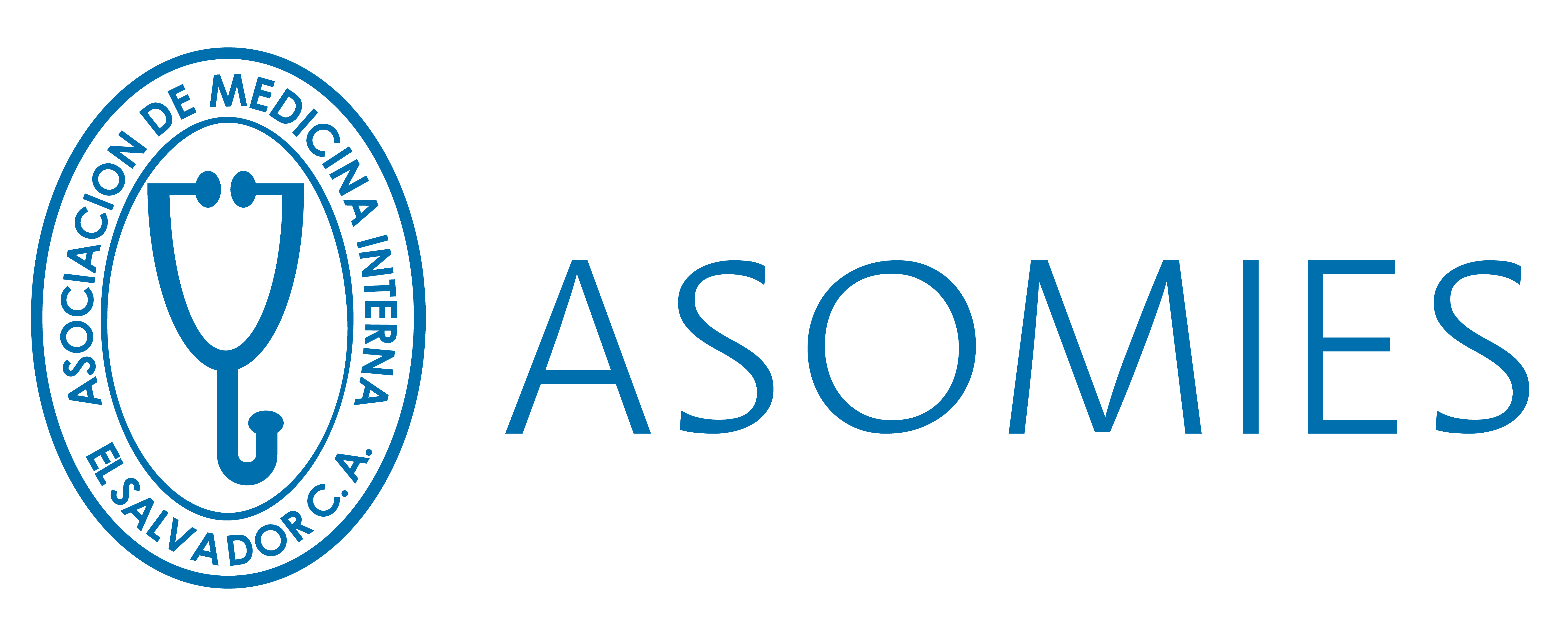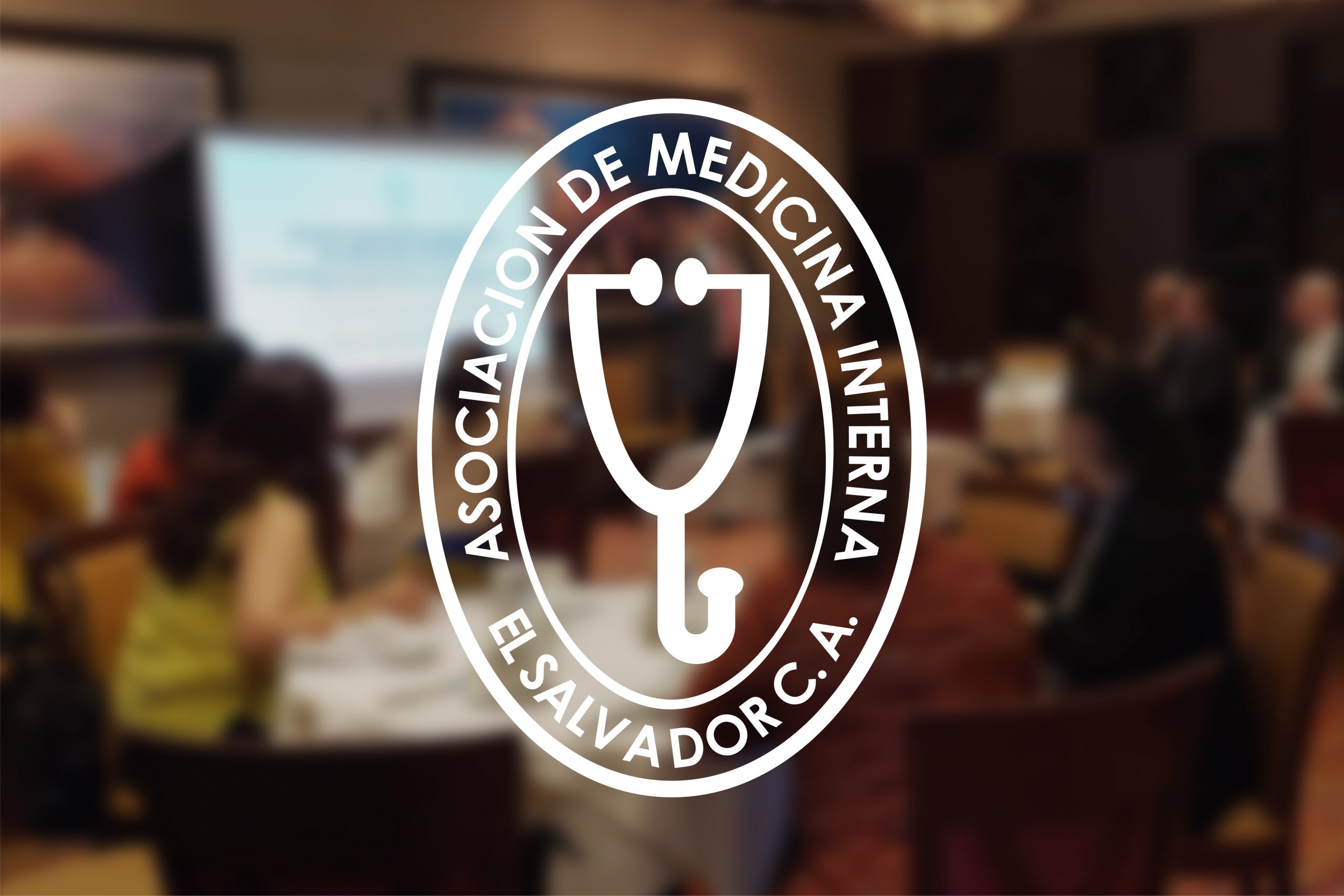Imaging-Based Patient Selection for Late Endovascular Stroke Therapy
A retrospective cohort study shows encouraging results from endovascular therapy performed beyond 8 hours in patients with a favorable imaging profile paving the way for a randomized trial.
The mantra “time is brain” is central to acute stroke treatment, because as time passes, more brain tissue dies and the amount of salvageable brain tissue shrinks. However, the rate at which brain tissue dies varies markedly among patients. Because of this, the treatment time window may be as short as a couple of hours for some patients but well over 8 hours for others. Relying on brain imaging criteria to identify appropriate candidates might extend the treatment opportunity for some patients beyond currently established time criteria. To assess whether endovascular recanalization beyond 8 hours might benefit patients who meet imaging-based selection criteria, researchers reviewed charts of patients treated at 11 U.S. primary stroke centers. The 237 included patients underwent endovascular treatment ¥8 hours after stroke onset and had undergone either MRI or CT with perfusion imaging before therapy.
Endovascular treatment resulted in recanalization of the primary occluded vessel in three quarters (175) of the patients. A good outcome (independence in activities of daily living 3 months after stroke onset) was achieved by 45% of 223 patients with full follow-up. This rate is comparable to that of patients who were treated with intra-arterial thrombolysis within 6 hours of symptom onset in the PROACT II study. Good outcomes were achieved by a higher proportion of patients with recanalized vessels (52%) than patients without recanalized vessels (23%).
Comment: These results confirm those of previous studies. Patients in whom the blood vessel is reopened are more likely to have a good outcome than patients whose vessels are not recanalized. The novelty of these results lies in the time to treatment of these patients; treatment initiated >8 hours after symptom onset has generally been considered too late to include acute stroke therapy. These results do not negate the dictum that early treatment is better than late treatment. They also do not prove that endovascular stroke therapy is beneficial. They do, however, provide convincing preliminary data to support the design of a randomized study of endovascular stroke therapy in patients selected according to advanced imaging criteria. This study has taken us one step closer to using a “biological” clock instead of a clock on the wall to select therapies for our acute stroke patients.
Maarten G. Lansberg, MD, PhD
Dr. Lansberg is Assistant Professor of Neurology and Neurological Sciences at the Stanford Stroke Center, Stanford University School of Medicine, Stanford, CA. He is a co-investigator with Dr. Jovin on the DEFUSE 2 trial.
Published in Journal Watch Neurology September 27, 2011
Citation:
Jovin TG et al. Imaging-based endovascular therapy for acute ischemic stroke due to proximal intracranial anterior circulation occlusion treated beyond 8 hours from time last seen well: Retrospective multicenter analysis of 237 consecutive patients. Stroke 2011 Aug; 42:2206. [Medline ® Abstract]
Copyright © 2011. Massachusetts Medical Society. All rights reserved.
The above message comes from “Journal Watch“, who is solely responsible for its content.
You have received this email because you requested follow-up information to an Epocrates DocAlert ® Message. For more information about DocAlert ® Messages, please click here.
Best wishes,


